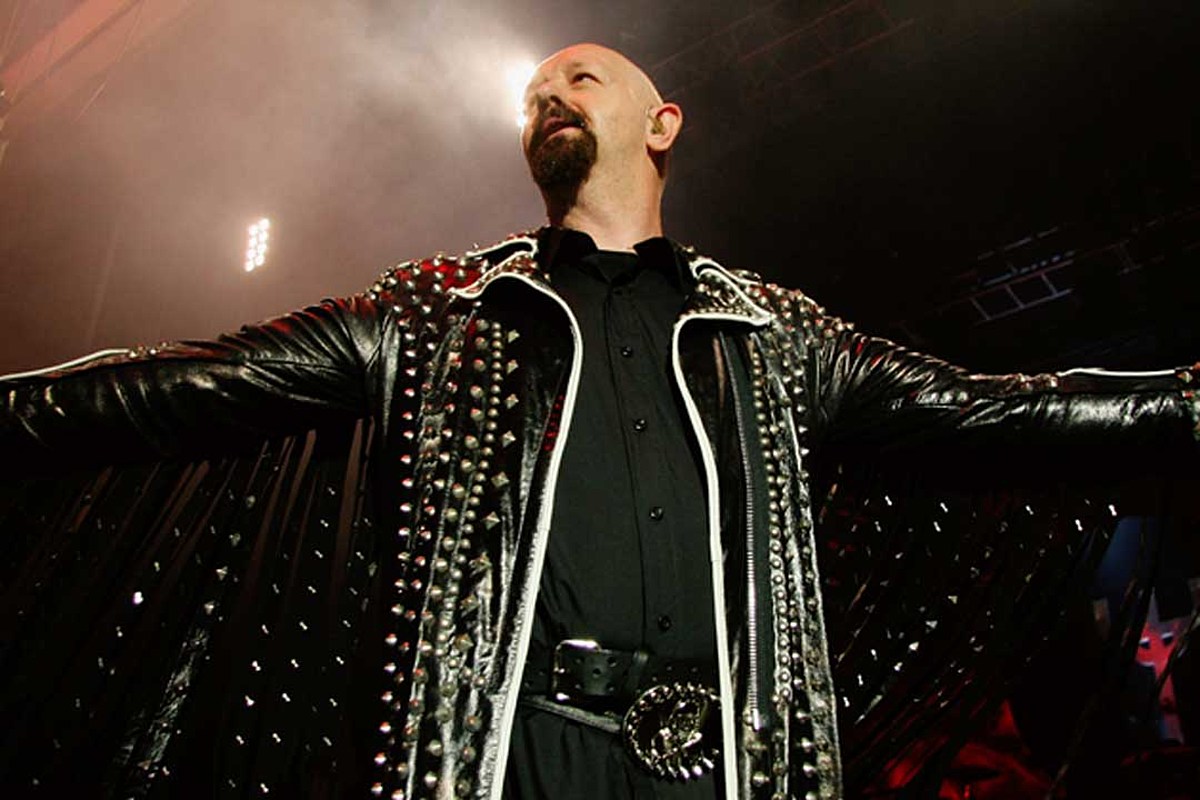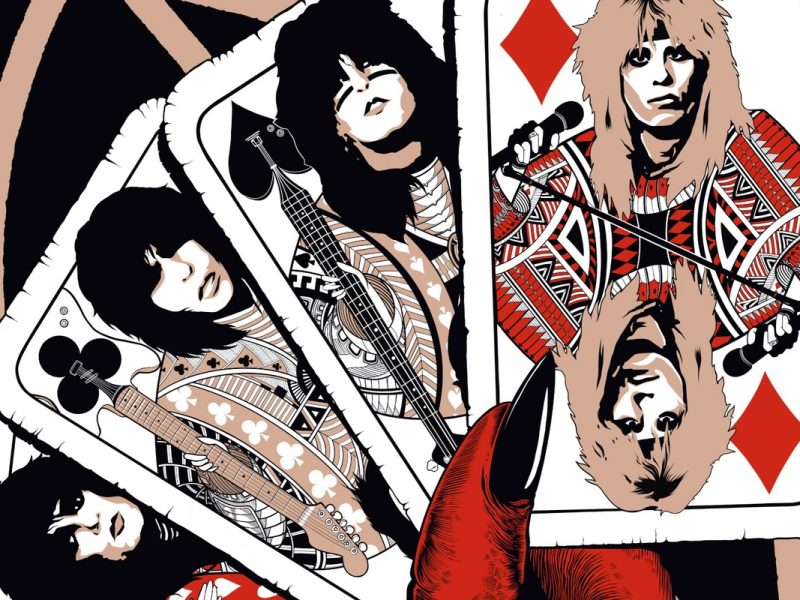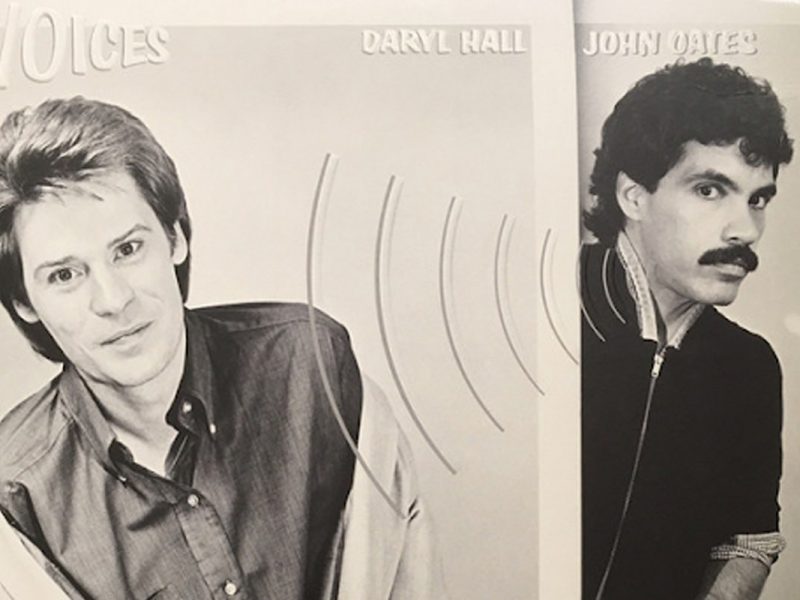Judas Priest had somehow spent more than a decade apart from Rob Halford when they announced a reunion on July 11, 2003.
Halford joined the group in 1973 and helped Judas Priest become one of the most important names in heavy-metal history over the next two decades, writing and singing on classic albums such as British Steel and Screaming for Vengeance.
He left in 1992 amid rumors of internal tensions, launching a new career by forming the thrash band Fight and then the more experimental 2wo. The ’00s found Halford returning to his roots with two more traditionally Priest-sounding albums (including the 2000 LP Resurrection) that he released under the Halford moniker.
At about that same time, Halford and his former bandmates in Judas Priest started repairing their personal relationships and eventually decided to reunite in time for a 30th-anniversary tour.
It was such a logical move that even Halford’s replacement, Tim “Ripper” Owens, had little objection. “He sent us an e-mail yesterday, saying he agrees with the decision, you know, because he is a big Priest fan as well,” guitarist Glenn Tipton told CNN at the time.
The reunited Judas Priest’s first order of business was a 2004 European tour, followed by a co-headlining spot on the Ozzfest tour. They quickly returned to the studio, releasing the well-regarded Angel of Retribution album in 2005, and then the double-disc concept album Nostradamus in 2008.
Further albums would arrive in the years to come, including 3014’s Redeemer of Souls and 2018’s Firepower. By 2022, Judas Priest was being inducted into the Rock & Roll Hall of Fame.
Top 10 Reunion Tours
There are three certainties in the world of rock: Death, taxes and reunion tours.
Should Rob Halford Have Given Solo Songs to Judas Priest?



